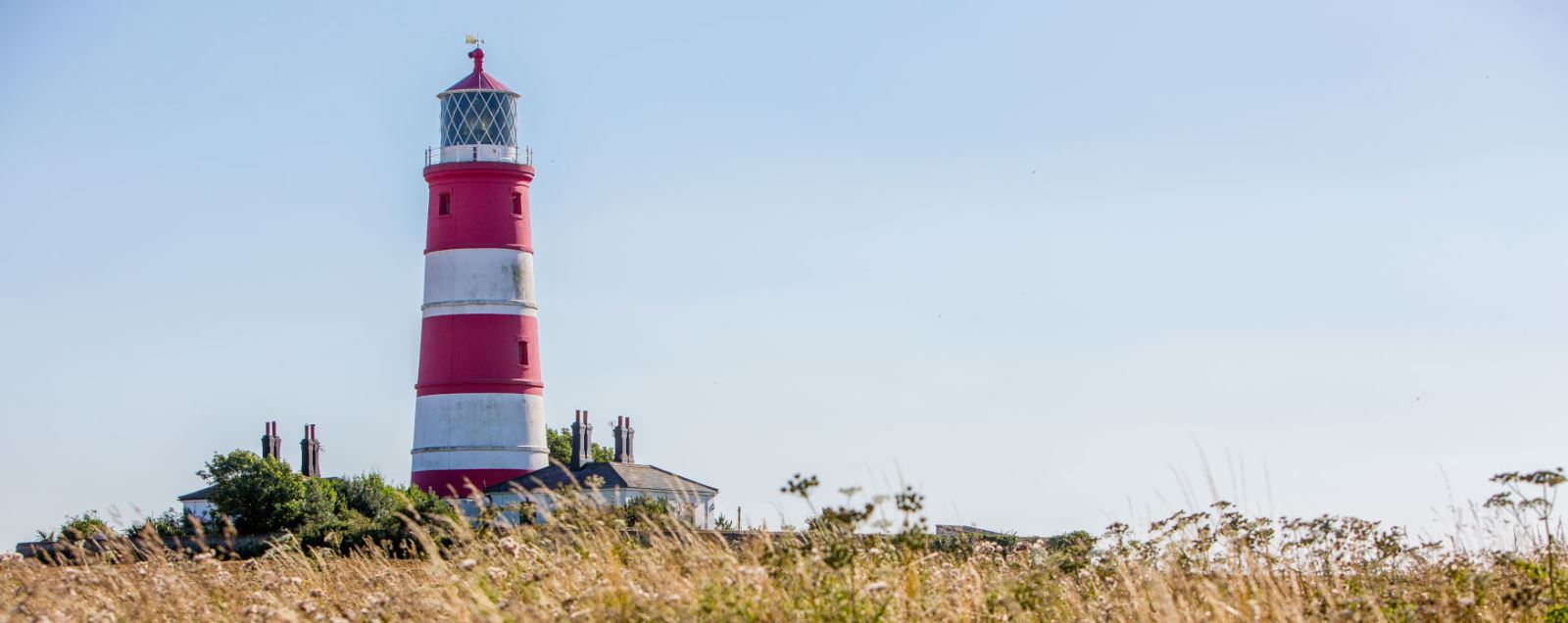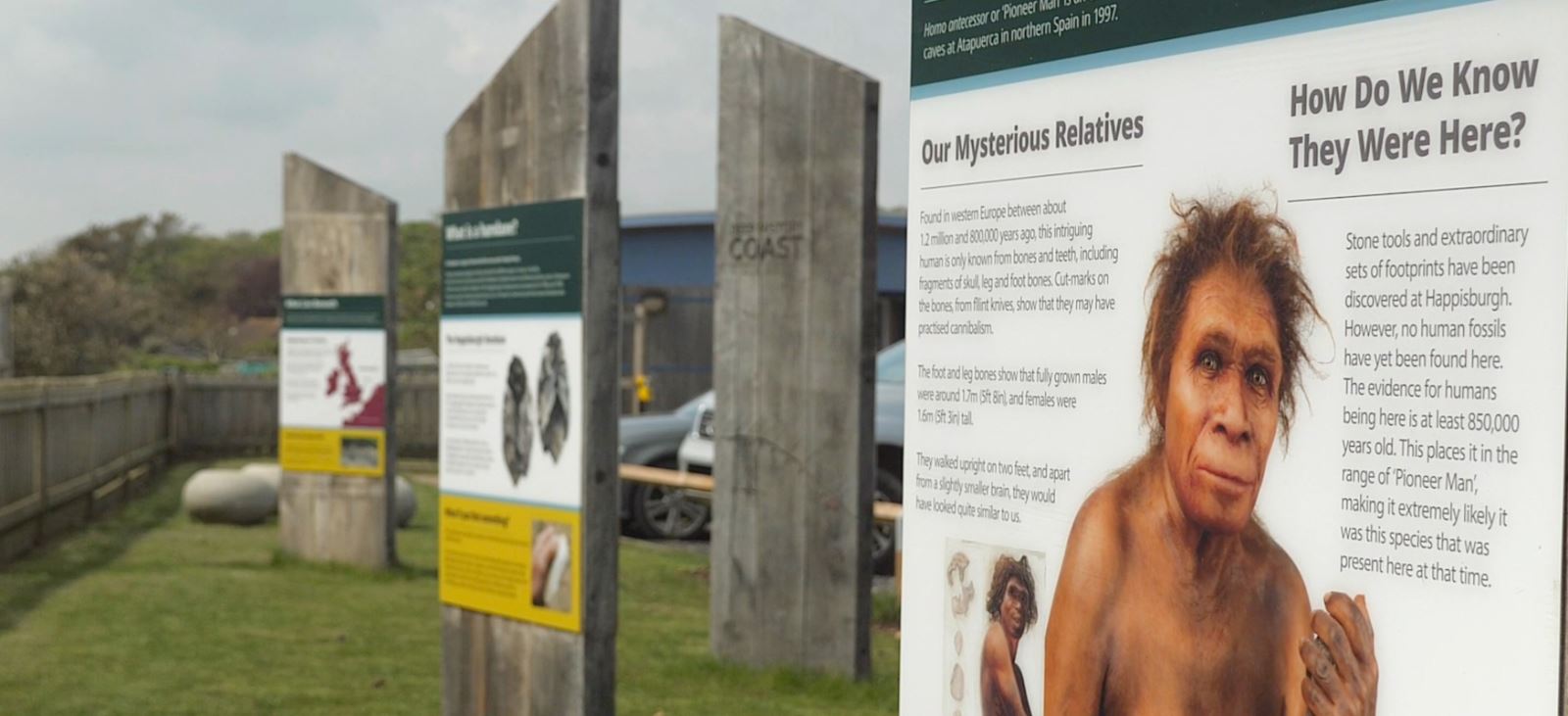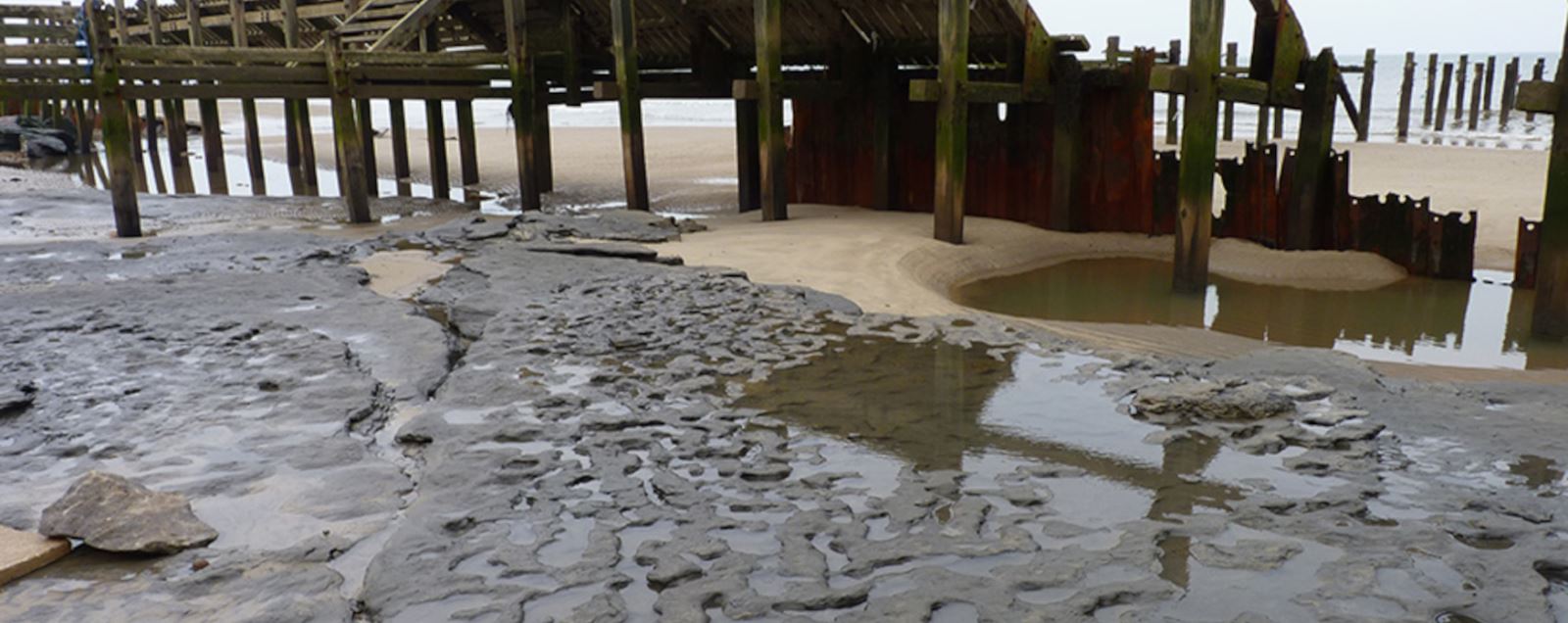To provide you with the best experience, cookies are used on this site. Learn more

To provide you with the best experience, cookies are used on this site. Learn more



The historic village of Happisburgh with a secluded sandy beach, sits on the Deep History Coast and has a fascinating history showing the earliest signs of humans in Britain. The constantly changing coastline, its 18th century lighthouse and 15th century church makes Happisburgh a fascinating place to explore.
Happisburgh is home to the oldest working light in the county and the only independently operated lighthouse in the UK. Saved as a working light by the local community, it is maintained and operated entirely by voluntary contributions. The famous red and white striped lighthouse was built in 1790 and offers wonderful views of the coast and countryside. In the summer, it is open to visitors on occasional Sundays.

The secluded, sandy beach is dog friendly and great for days out. From the beach, you can walk as far as Sea Palling taking in wonderful views and there are miles of coastal paths to walk and footpaths in the surrounding area. Happisburgh is known for its coastal erosion which is constantly changing the landscape of the coastline. This erosion has lead to some discoveries that date back millions of years.
Flint tools and early fossilised human footprints were discovered dating back at least 850,000 years which signified the oldest evidence of humans in Northern Europe and the oldest human footprints outside of Africa! These finds, as well as the mammoth skeleton in West Runton, have earned the Norfolk coastline the name, the Deep History Coast. Happisburgh is on the Deep History Coast Discovery Trail and has its own Discovery Point.

St Mary’s church dominates the skyline and dates back to the 15th century. Its 110ft tower, overlooks the sea and is an important landmark warning mariners of the nearby sandbanks. Indeed, the graveyard has memorials to the many sailors who lost their lives in the treacherous waters, including the 119 sailors of HMS Invincible, who in were on their way to join Nelson in Copenhagen in 1801. If you climb the 133 steps up the tower, you can see 30 churches, two lighthouses, seven water towers and even the Cathedral spire in the city of Norwich 16 miles away.

Explore Happisburgh


